Ca-alginate appears to be an ideal gel for entrapment
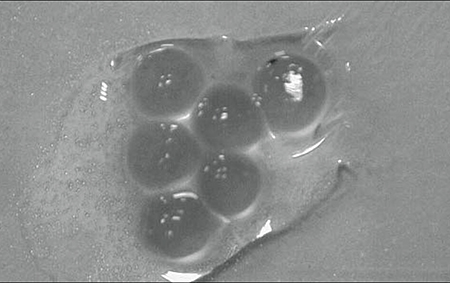
Most economically important microalgae have been collected from nature and then cultivated and stocked in laboratories for future purposes. This often leads to species variations of microalgal colonies and even contamination by other unexpected algae, due to incubation in an unnatural environment. Therefore, it is important to develop a new technology for long-term storage of microalgae that maintains their original physiological activities in an uncontaminated environment.
Immobilizing cells and metabolism
Numerous reports on immobilized cells in algae have supported the view that cell metabolic activities and efficiencies remain as they are in normal conditions. During immobilization, algal cells maintain their respiratory and photosynthetic activities.
Immobilization prevents algal cells from being washed out or grazed upon by herbivores. Immobilized algae can, when stored at low temperatures (4 degrees C) in darkness, resume normal growth after more than a year of immobilization.
Cell entrapment with Ca-alginate

In recent years, entrapment of cells within spheres of Ca-alginate has become the most widely used technique for immobilizing living cells. The advantages of alginate for cell immobilization include its low price and capacity to produce transparent beads ideal for entrapping whole photosynthetic cells.
Therefore, Ca-alginate appears to be an ideal gel for entrapment of the microalgae. The preparation of alginate- bead is easier, cheaper, and more readily available than such other methods as cryopreservation.
Practical applications
Practical applications for immobilized algae include nutrient and heavy metal removal from wastewater, as well as water-quality control in fish culture. In my previous study entitled “Immobilized microalga Scenedesmus quadricauda for long-term storage and for application for water quality control in fish culture,” the alginate- entrapped microalga were still alive and maintained their physiological activities after three years of storage in darkness, at 4 degrees-C without culture medium.
The algal beads were also applied to water-quality control in fish culture. In those cultures with algal beads, the ammonium concentrations decreased markedly with the pH volume near 7.0 and high dissolved oxygen levels, resulting in the best growth of fish cultures. The “bead” (immobilized alga) can easily and immediately be removed from the water by just taking away its container to avoid algal respiratory effects.
Entrapment of other economically important species of freshwater and marine microalgae into the alginatebeads was also done. These included Isochrysis galbana, Skeletonema costatum, Chlorella sp., Nannochloropsis oculata, Haematococcus pluvialis, Tetraselmis sp. and the edible bluegreen Spirulina platensis. I. galbana, N. oculata and Tetraselmis are important feeds for clam and fish larvae cultures, while S. costatum is important for shrimp larvae rearing. However, H. pluvialis has the contribution for their astaxanthin (a red pigment) and S. platensis has high protein content (up to 75 percent).
Conclusion
The entrapment, storage, and processing of microalgae into alginate beads is a useful technology for stock culture management. This technique is very suitable for preserving microalgal species and the application of microalgae in aquaculture.
(Editor’s Note: This article was originally published in the December 2001 print edition of the Global Aquaculture Advocate.)
Now that you've reached the end of the article ...
… please consider supporting GSA’s mission to advance responsible seafood practices through education, advocacy and third-party assurances. The Advocate aims to document the evolution of responsible seafood practices and share the expansive knowledge of our vast network of contributors.
By becoming a Global Seafood Alliance member, you’re ensuring that all of the pre-competitive work we do through member benefits, resources and events can continue. Individual membership costs just $50 a year.
Not a GSA member? Join us.
Author
-
Yean-Chang Chen, Ph.D.
Department of Aquaculture
National Taiwan Ocean University
Keelung, Taiwan
Tagged With
Related Posts
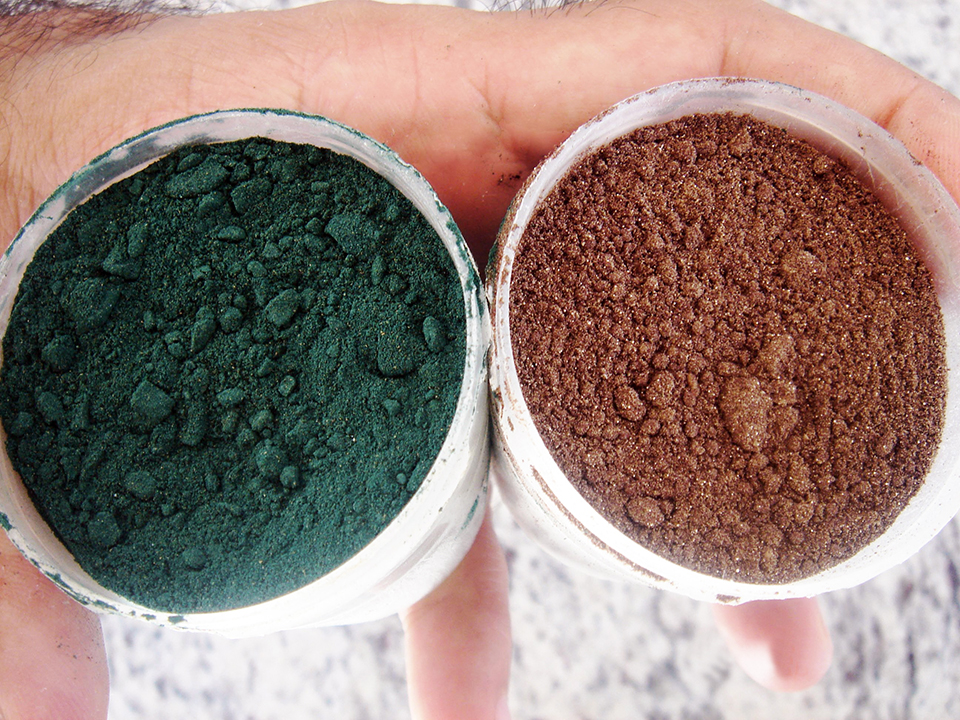
Health & Welfare
Spirulina meal, feeding attractant spare fishmeal in white shrimp diets
In a 10-week study of nursery-reared Pacific white shrimp performance, the inclusion of Spirulina meal allowed reduction of fishmeal up to 25 percent with no detrimental effect on shrimp growth performance.
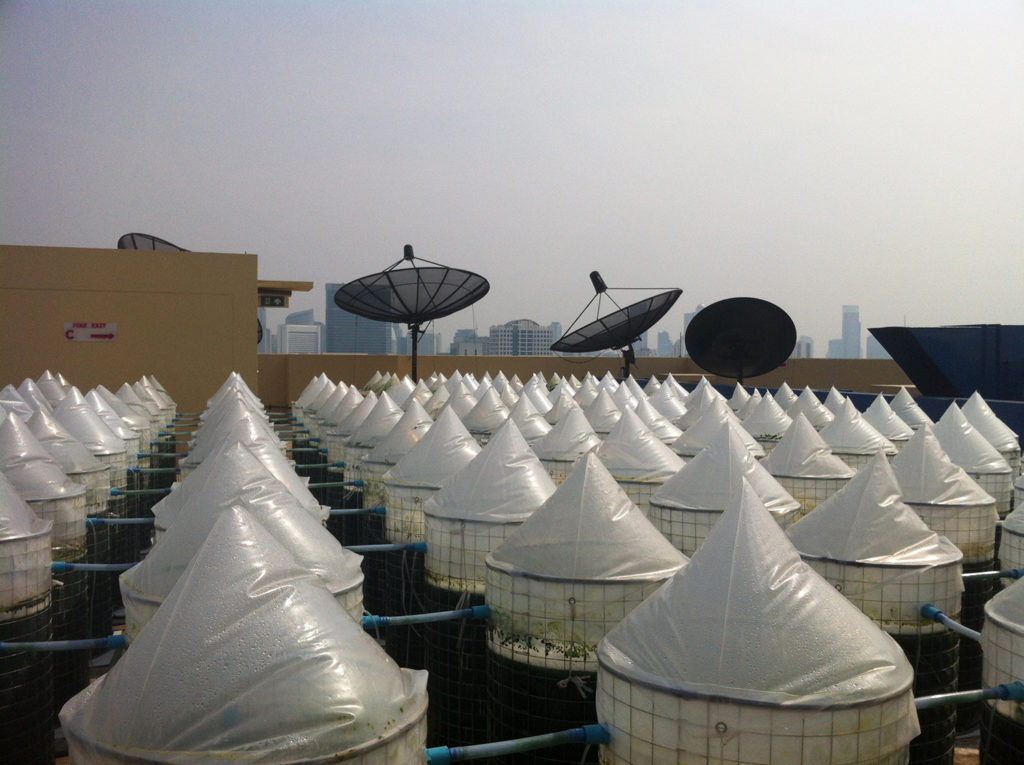
Aquafeeds
Just add sun: Behind EnerGaia’s evolving spirulina strategy
American engineer at helm of Thailand-based EnerGaia has a grand vision for spirulina, which he says has potential as a protein source for fish feed.
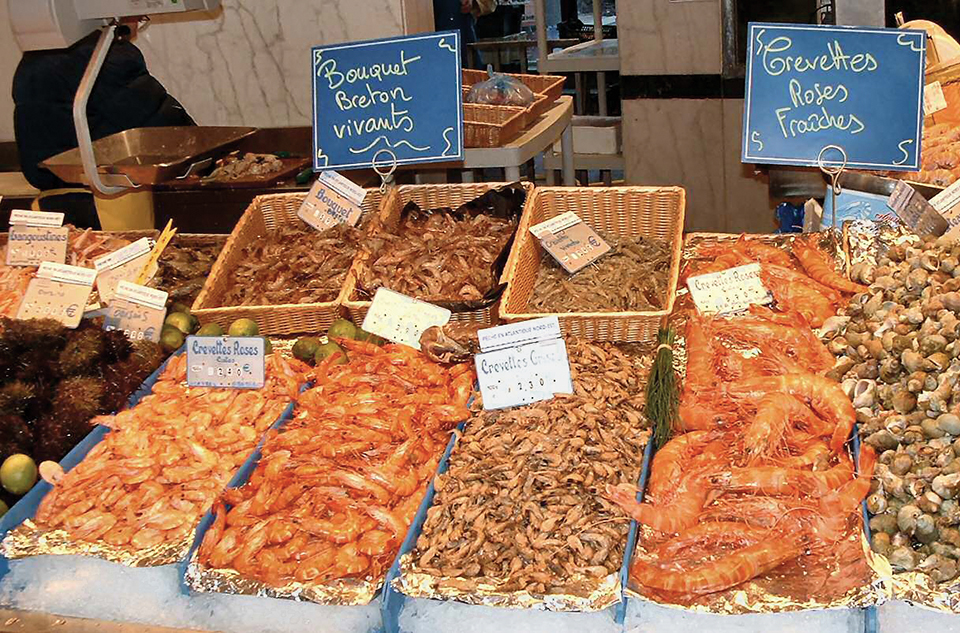
Health & Welfare
Alfalfa concentrate: natural shrimp color enhancer
Adding alfalfa concentrate containing natural carotenoids and pigments to the finishing diets of shrimp can enhance coloration of shrimp after cooking.
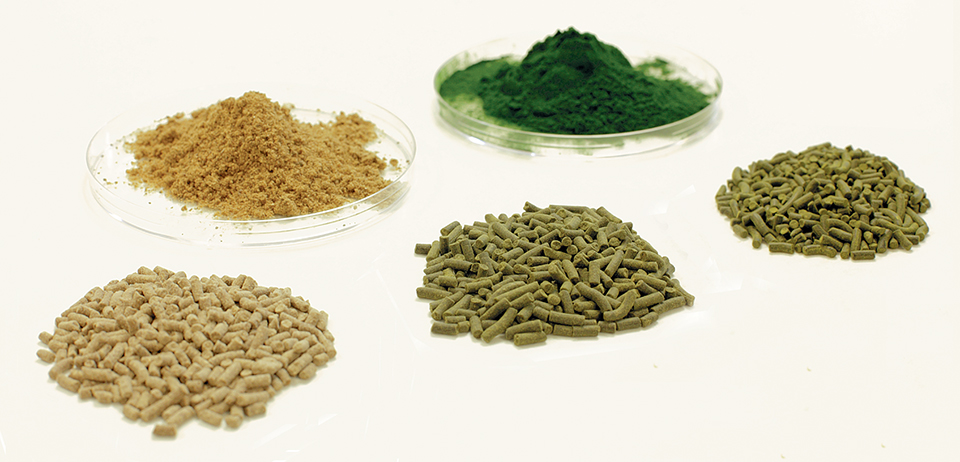
Aquafeeds
Algae alternative: Chlorella studied as protein source in tilapia feeds
Chlorella and other species have potential as protein sources in aquafeeds. In trials with tilapia fry raised in a recirculating system, the fish received a fishmeal-based control diet or feeds with portions of the fishmeal replaced by Chlorella.


